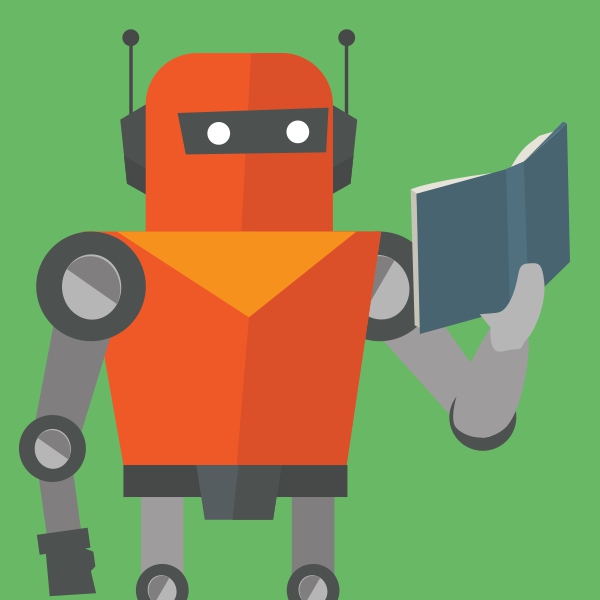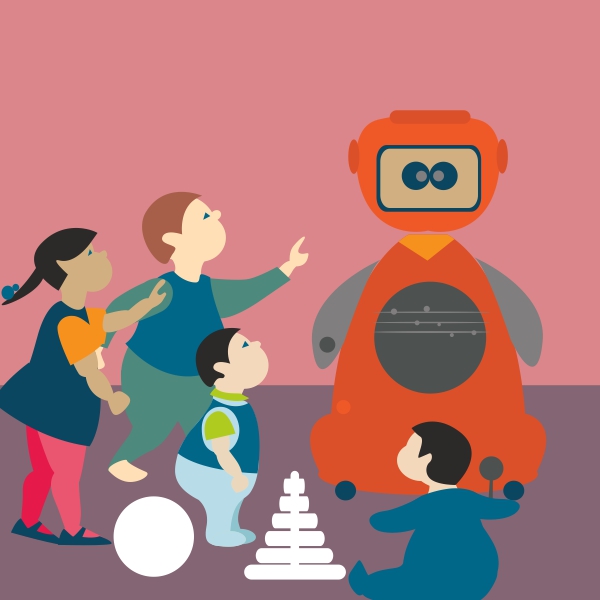Meet Sam. He is the only 6th grader in his school to have a Twitter account and is kind enough to let his classmates operate it. His entire class sits together each day and updates this account, talking about their interesting daily experiences ranging from fascinating history lessons to victories in creative competitions! Thanks to Sam, the children are learning how to communicate through an emerging technology platform — a crucial skill in today's day & age no matter what career choice they make ahead.
Ever since Sam has joined this class, the children have begun to display higher grades, fewer behavioural problems, better group solidarity, and an overall increase in positive attitude towards school. Taking this into account, Sam truly deserves a huge round of applause.
So, who is Sam - this miracle worker? Sam is a Robot - a teaching assistant - and as much as he teaches students how to solve those math and science problems, he also helps them hone their communication skills through tweets & blogs, involuntarily introducing them to exciting career paths like creative writing, advertising and other avenues of media. He also acts as a perfect medium to make students realise that engineering, and IT can have a fun side.

Different types of robots can be incorporated in the education sector but humanoids (robots that resemble humans) are the preferred choice because their appearance helps them strike good personal connection with students, particularly the shy ones. After all, humanoids never get tired or impatient explaining the same thing again & again to the children, helping them drop their guard.
Beyond regular classrooms, students with special needs are also reaching new levels of learning using robotics. Children with autism are learning communication skills, and those with attention disorders are learning focus. Students with physical disabilities find constant companions in robots who can assist them with their mobility around the premises. Robots in fact, can be programmed to suit every special child's individual needs, offering education in a much accessible format.

Talking of accessibility, robotics in education can take classrooms to the doorsteps of students struggling with terminal illness. These students can't make it to school every day for obvious reasons so tele-presence robots serve as their eyes and ears in the classroom, and make sure they don't miss out on lessons and social interactions with classmates. Same methodology can be used for Distance Learning programs so a teacher sitting in New York can easily teach a class in New Delhi with the help of a tele-presence robot.
Technology may have brought the world closer but even today, when a family moves to a new place, it is the children who face maximum adjustment issues because of the changed culture and curriculum at school. Robotics for schools can help with this problem by providing the new school with the digital data of a student's previous school records and help the new school chalk a customized curriculum, helping the student fit into his new environment. For example, knowing that a student learned the surface patterns of the moon at the previous school, a class can be conducted with the same content to encourage the new student's participation.
Realising the vital role of robotics in future, more & more Indian schools are warming up to the idea of using robots in classrooms...and Hitachi is chipping in this transition by introducing a wide variety of robots including the EMIEW3 to facilitate learning through robotics - driving forward their agenda of Social Innovation in India.

